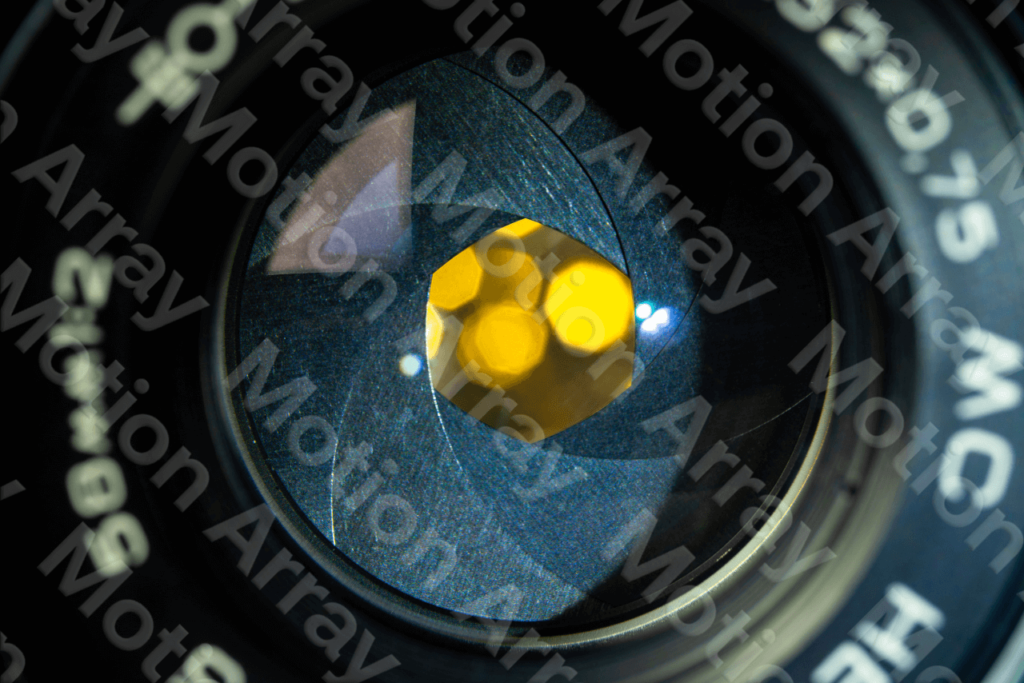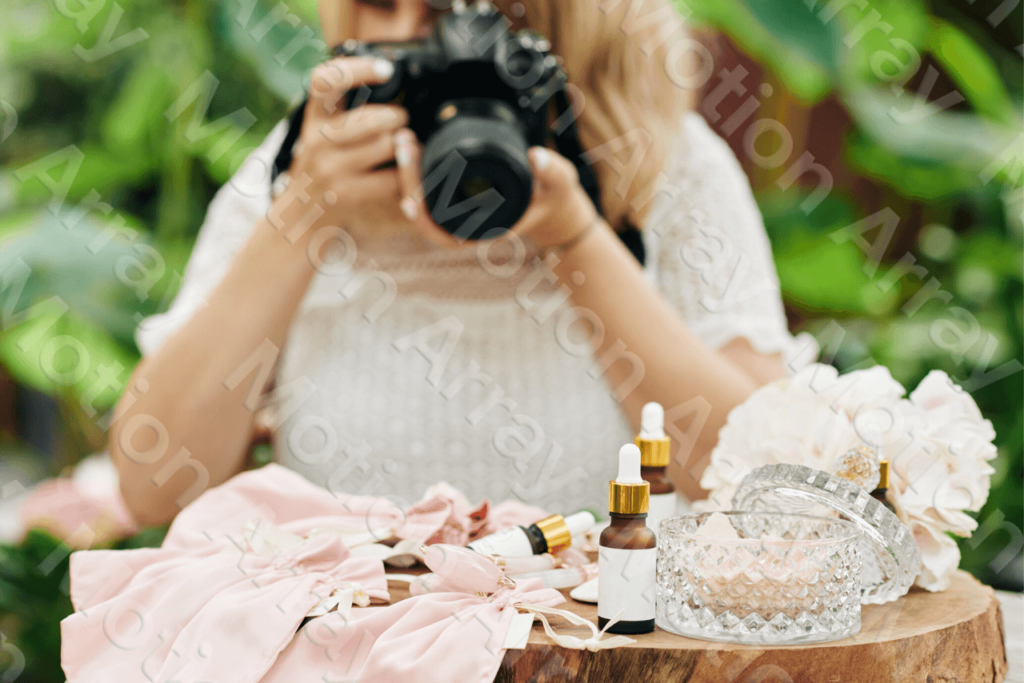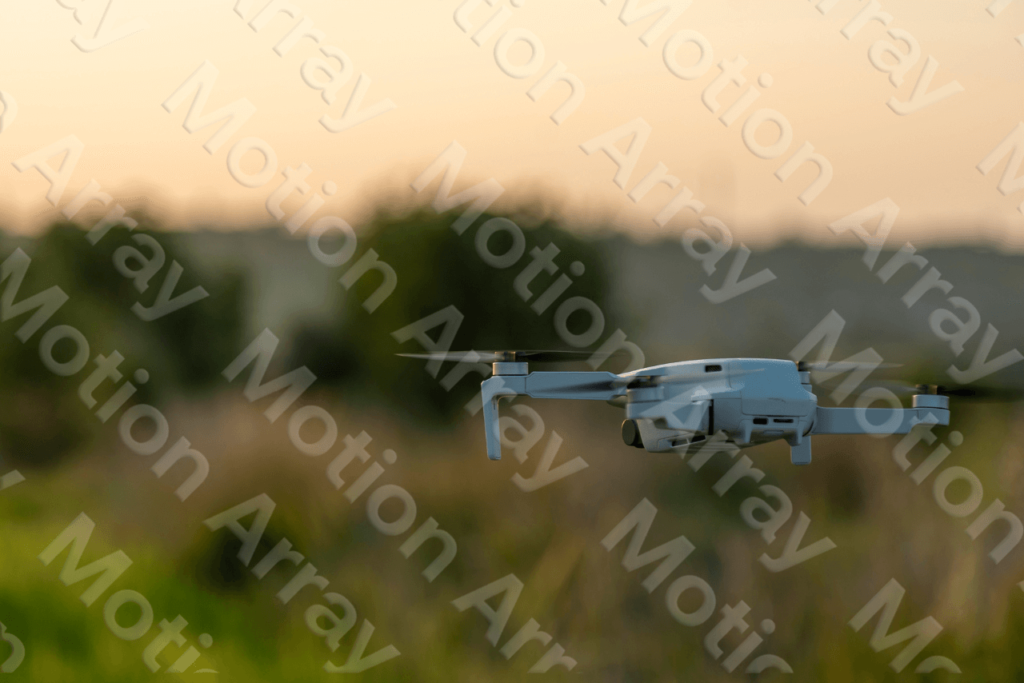Hope for the best but plan for the worst. That’s the theory behind insurance. Of course, you don’t ever want to have to make a claim, but it’s good to know that it’s there if you need it. As a photographer, whether a hobbyist or professional, it’s prudent to have at least some kind of photography insurance. If you’re unsure what sort of cover you need, this guide should give you the necessary information.
What is photography insurance?
Whether you’re a hobbyist or a professional photographer, photography insurance can protect you from a range of disasters that might otherwise prove very expensive. There are different types of photography insurance available, with the level of cover varying according to your needs. Both hobbyists and pros will want to ensure that their gear is covered for theft and damage, for example. But you might only need to consider income protection or public liability insurance if you’re a professional. The idea is that if something goes wrong, photography insurance means you shouldn’t be left out of pocket, or worse, struggling to pay your bills or without a business.
Why do you need photography insurance?
If photography is your hobby, you don’t necessarily need insurance. However, it might be a good idea to ensure that your gear is covered if it’s stolen or in some way damaged, for example, if a pipe bursts and floods your house. Without insurance, you could find yourself having to shell out a lot of money to replace your gear. Also, don’t forget: gear isn’t just your cameras and lenses, but your tripods, lights and post-production equipment, too. It can add up!
When photography is your business, it changes your insurance requirements a bit. If you employ other people, you will need employer’s liability insurance for a start. There are other types of photography insurance that you might not necessarily legally require but could be demanded by clients or just make sense. These include policies that can protect your income or prevent financial disaster in the following circumstances:
- If you cannot work for various reasons.
- If something should go wrong in the delivery of your work
- If something should be damaged or someone hurt in the course of you doing your job.
- If your business equipment is stolen or damaged.
In an ideal world, you will never have to make an insurance claim, but there’s so much that can happen in reality. So insurance gives you peace of mind and some financial security, even if you don’t have to use it.
Different Types of Photography Insurance
Insurance cover varies enormously, depending on where you are in the world and the type of cover you want and need because of your circumstances. However, the following should guide you through the differences.
If you don’t practice photography professionally, check to see if your household insurance covers your gear. You might have to specify items when you arrange the policy, but it could provide you with all the coverage you require.
If you have a paid-for gig, like graduation photos or a wedding, and need one-off cover, you can purchase short-term or one-day photography insurance.
As a professional photographer, you should purchase insurance to cover the loss or damage to your property and premises as a starting point. And if you have employees, you must have employer’s liability insurance in the UK, which defends against employees’ illness and injury-related insurance claims. But these other types of cover could also protect you from a great deal of stress.
Business Interruption Insurance
If your business cannot operate because of a disaster, for example, a fire in your building leaves your studio unusable, business interruption insurance is there to get you back up and running as soon as possible. It should cover the cost of not being able to operate for a short period of time, including paying wages and utilities, or making a temporary move to a new studio if the fire and water damage is too extensive for a speedy repair.
Income Protection Insurance
Many photographers are self-employed, which means that if they fall ill or have an accident and cannot work, they have no income. Income protection insurance is there to give you financial stability in the event that you cannot work through ill health or injury. It probably won’t pay out what you’d usually make in a month, but it should cover the essentials.
Professional Indemnity Insurance
If something happens and you cannot deliver images or content of an acceptable standard to a client, professional indemnity insurance will assist with any claims against you.
Public Liability Insurance
Liability insurance for photographers is something that you really should consider. It covers a gamut of possible scenarios when you might face a legal claim from a public member. For example, if a client slips and hurts themselves in your studio, public liability insurance will help with their compensation claim and any legal fees. If your lighting stand causes damage to a client’s floor, public liability insurance will help to pay for its repair. Finally, it should cover you if a public member trips over your tripod when you’re out and about. Public liability insurance can cover relatively minor to life-changing claims and could well save you from financial ruin.
What to look for in photography insurance
Do check all of your policies carefully. You might be surprised at what is and isn’t covered or how policies can vary from provider to provider. We’d recommend checking specifically for the following, but read all the policy documents and think about how they apply to you.
- New-for-old replacement will pay out what it costs to replace your gear now, not what you paid for it originally. (Remember to keep accurate records of your equipment: images, serial numbers and receipts.)
- Drones and aerial photography might not be covered in standard policies and will require specialist insurance or add-ons.
- Wear-and-tear is not usually covered by your insurance. Maybe have a savings account set up for when you need to replace your gear.
- Hazardous locations or types of shooting will probably require specialist coverage or an amendment to your policy.
- Rental gear usually comes with its own insurance cover, but read the policy carefully to check it covers your type of use. You might need to purchase additional short-term cover.
- Cyber support in case your website or systems are somehow compromised can be covered by insurance. Do you need it?
Recommended Resources
Good places to start looking for coverage specific to photographers are photography societies. They often offer special rates for members, and the insurers are accustomed to the varying needs of photographers and can provide tailored policies.
Places to look include The Societies of Photographers in the UK and Professional Photographers of America in the US.
Otherwise, you might want to look to insurers that specialize in covering freelance workers or those in the creative industries.
The cost of your photography insurance premium can seem like an unnecessary expense each year if you never have to make an insurance claim. But if your equipment is damaged or you are unable to work, you will be very grateful for it. It’s definitely worth doing a bit of research and finding some photography insurance that meets your needs. Better safe than sorry!


































